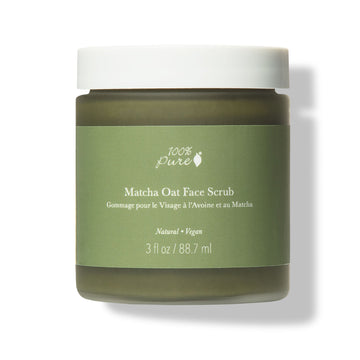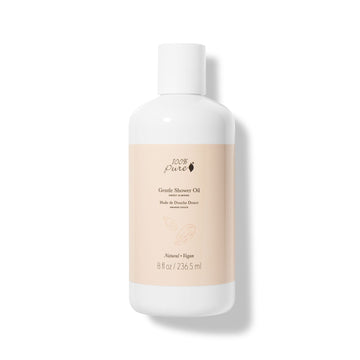How to get smooth summer skin below the waistline
Written by: 100% PURE ®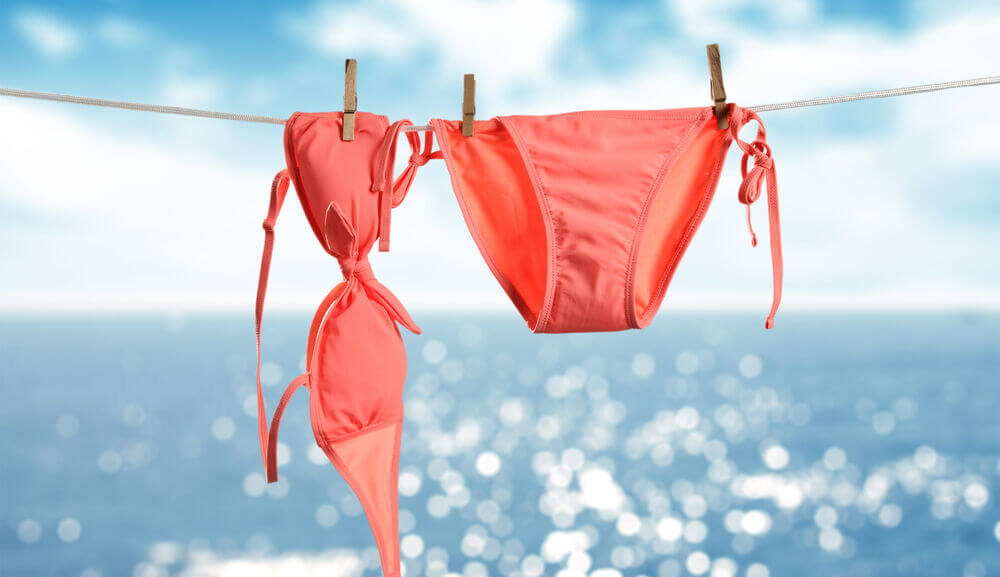
We’re more ready than ever to enjoy the outdoors – and that includes showing off our bikini body at the pool or beach.
There’s one little thing to take care of first: the bikini area. Stubborn bumps and ingrown hairs around our bikini line can be hard to tackle. In general, we want that area looking its best if we’re stepping out in our swimwear. One extra step in your routine can help: exfoliating the bikini area.
We’re dishing on the best exfoliator for the bikini area, and everything needed to start your hot girl summer off right.
Many of us can experience discoloration and hyperpigmentation in the bikini area. While in some cases this is natural, genetic, or hormonal, that doesn’t mean we can’t treat the skin and see improvement. When we exfoliate the bikini area it can go a long way to tone the skin, remove dull skin on the surface, and leave us with a softer, brighter bikini area.
Like many areas on the body, the bikini line grows hair. Properly preparing the bikini area for shaving, waxing, or even trimming should include exfoliating. This can lessen the amount of dead skin and hair that gets trapped and forms bumps. It’ll also help to prevent the irritated, inflamed skin that can result from bikini area grooming.
Before we exfoliate our area, let’s define exactly where the bikini area is located. Many of us think the bikini area is just the part *down there* that shows in a two piece; but the bikini area is much more than that.
The bikini area is everything from our lower abdomen to the upper thighs. This of course includes our pubic region, but also includes our backside as well. That’s why using the best exfoliator for the bikini area is super important. Proper skin care in those sensitive spots can make a world of difference when we’re ready to make a splash!
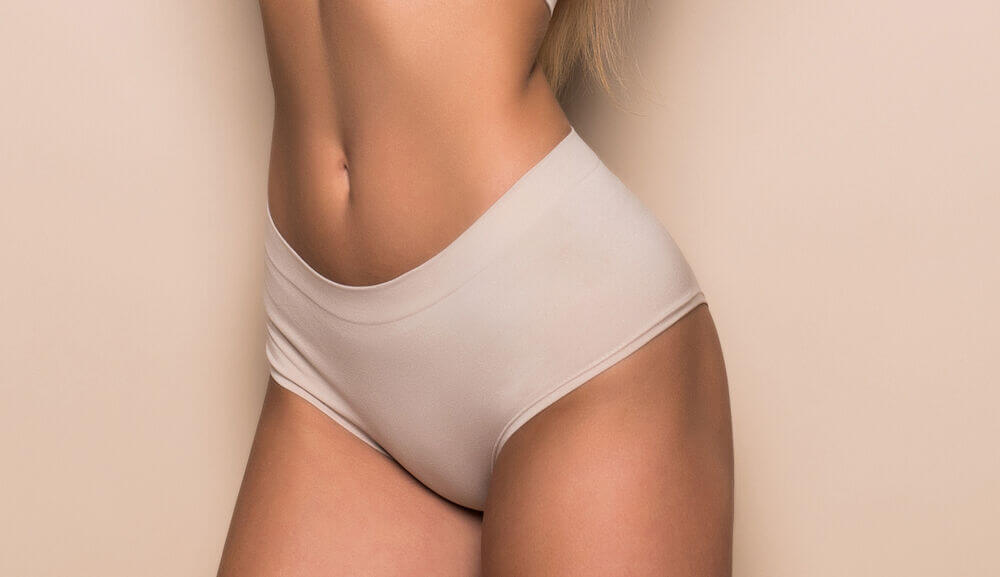
It’s no surprise that the bikini area is a somewhat sensitive area on the body. Using anything too harsh, or products with inflammatory ingredients is a definite no-go. Here’s a short list of everything to avoid:
Synthetic fragrance. Anything with synthetic scents can trigger skin irritation in the bikini region. Going for products with natural ingredients or minimal natural fragrance should help keep the skin calm.
Frequent grooming. While some grooming may be preferred, too much grooming can seriously irritate the area. Give the skin several days to heal between shaves or waxes and use a fresh, sharp razor when shaving to help avoid bumps.
Tight clothing. Tight undergarments and fabrics like those often found in our leggings can crowd the bikini area and lead to more discoloration and ingrown hairs. Allowing your skin room to breathe is the way to go if you’re trying to prevent ingrown hairs.
Spot picking. Trust us, we find it hard not to pick at blemishes too – but it only causes more trauma to the skin. In the event an ingrown hair does arise, letting it cycle naturally and easing inflammation with steam, a warm cloth, or a topical treatment is always the better way to get rid of the bump.
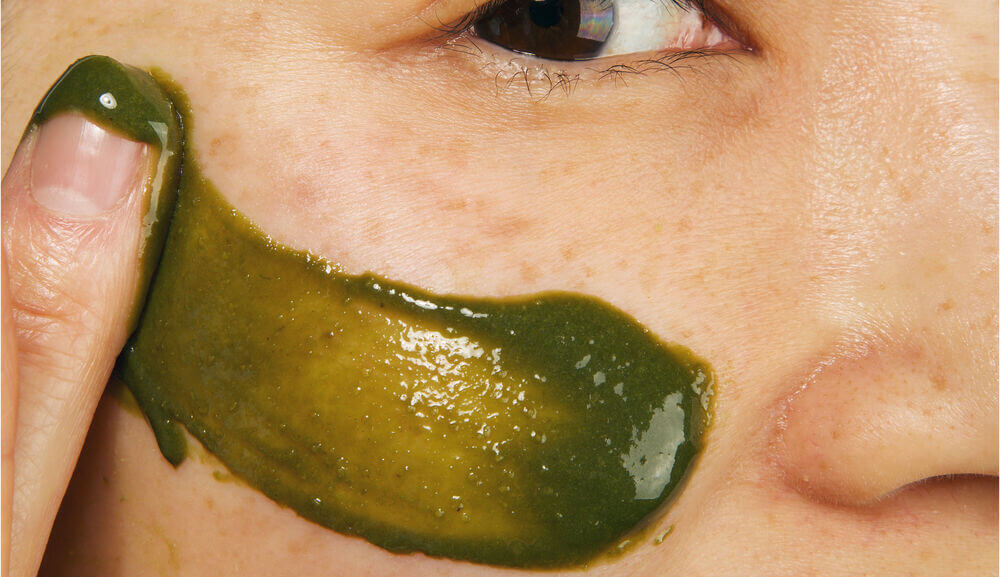
When it comes to how to exfoliate the bikini area with store-bought products, we’ve got a few favorites to share. These products allow us to remove dead surface skin that can get trapped in pores and cause inflammation of our hair follicles. With regular use, we can expect smoother, clearer, and softer skin with fewer blemishes.
Here are some products and ingredients to seek out for a smooth bikini line care:
Matcha Oat Face Scrub | Gentle enough for just about anywhere on the body, our softening oat scrub encourages clearer skin from head to toe. This clay based scrub is a complexion queen, formulated to reduce redness, draw out impurities, fight inflammation, and seal in moisture for a happier and healthier bikini area.
Lush Self-Preserving Ocean Salt Scrub | Ingrowns and bikini area darkness – begone! Brightening lime and grapefruit come together with scrubby sea salt to treat skin discoloration. A gentle weekly wash with this face and body scrub – featuring conditioning tofu – will leave the skin feeling smooth and hydrated.
Anese That Booty Tho Booty Scrub | Our booties will be ready for bikini season with a little help from this walnut scrub. Featuring naturally toning licorice root that nourishes the skin and fights hyperpigmentation, what’s not to love? Loaded with calming skin conditioners like rose, aloe, and shea, our backsides (and front sides) will feel soft and lovely.
OUI the People The Big Reveal PH Ingrown Hair Removal Toner | This toner is an ingrown hair assassin. This hydrating water-based toner is gentle on the delicate bikini area, but its key chemical exfoliant gets the job done.
Fur Ingrown Concentrate Oil | When we’ve washed, toned, and exfoliated our bikini area, the skin will need moisture to feel replenished. This vegan blend of coconut, lavender, sage, and evening primrose oil is great for soothing redness and inflammation. After a shower this softening oil will feel like mwah: chef’s kiss.
After a nice long shower or bath taking care of our personal care needs, it’s important to follow-up with treatment that protects our delicate bikini area skin.
After we exfoliate the bikini area, we’ll always go in with moisture. The oil we mentioned above, or any unscented body oil will do the trick.
If you’re still in the shower, you can follow up with the Gentle Shower Oil to remove dead skin cells and coat skin in silky moisture. PRO TIP: use this shower oil before shaving to keep skin feeling extra smooth and supple on beach day.
Covering the skin with a cool, damp cloth can instantly soothe and reduce your chances of irritation.
Wear light, loose clothing in breathable fabrics to keep the area perfectly smooth.
- Tags: Bath Body Hair, Skin Care, skincare
We carefully hand-select products based on strict purity standards, and only recommend products we feel meet this criteria. 100% PURE™ may earn a small commission for products purchased through affiliate links.
The information in this article is for educational use, and not intended to substitute professional medical advice, diagnosis, or treatment and should not be used as such.












